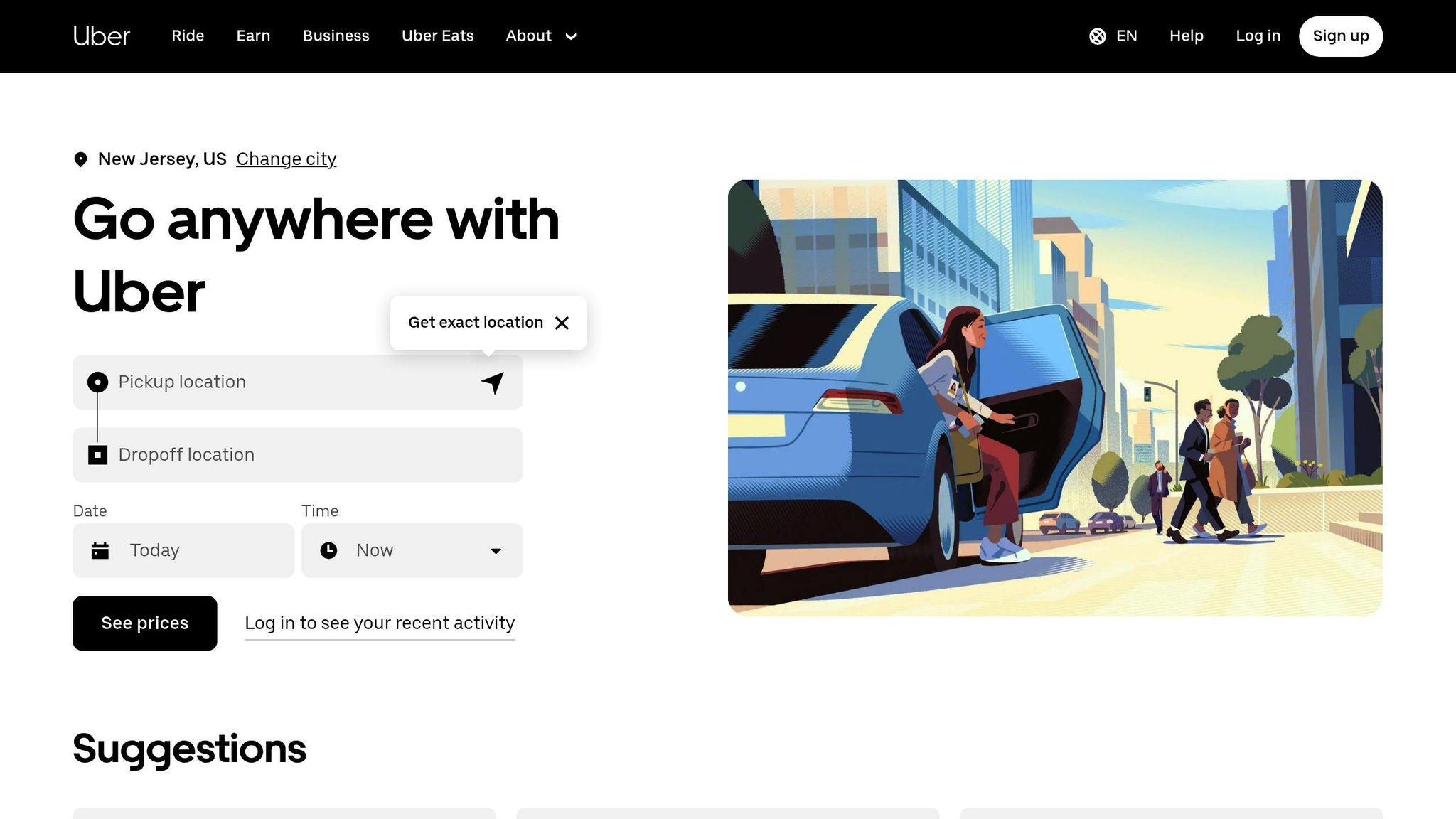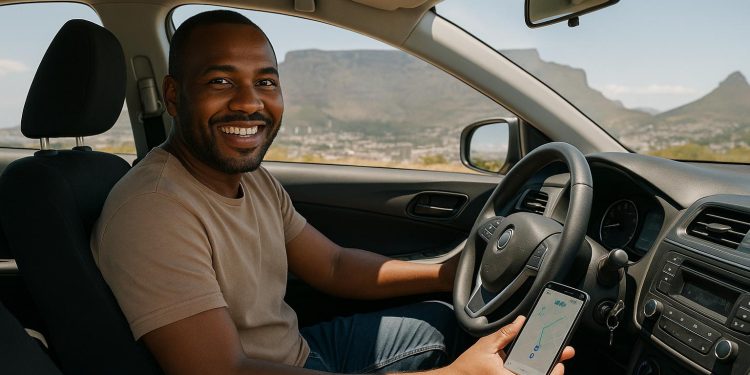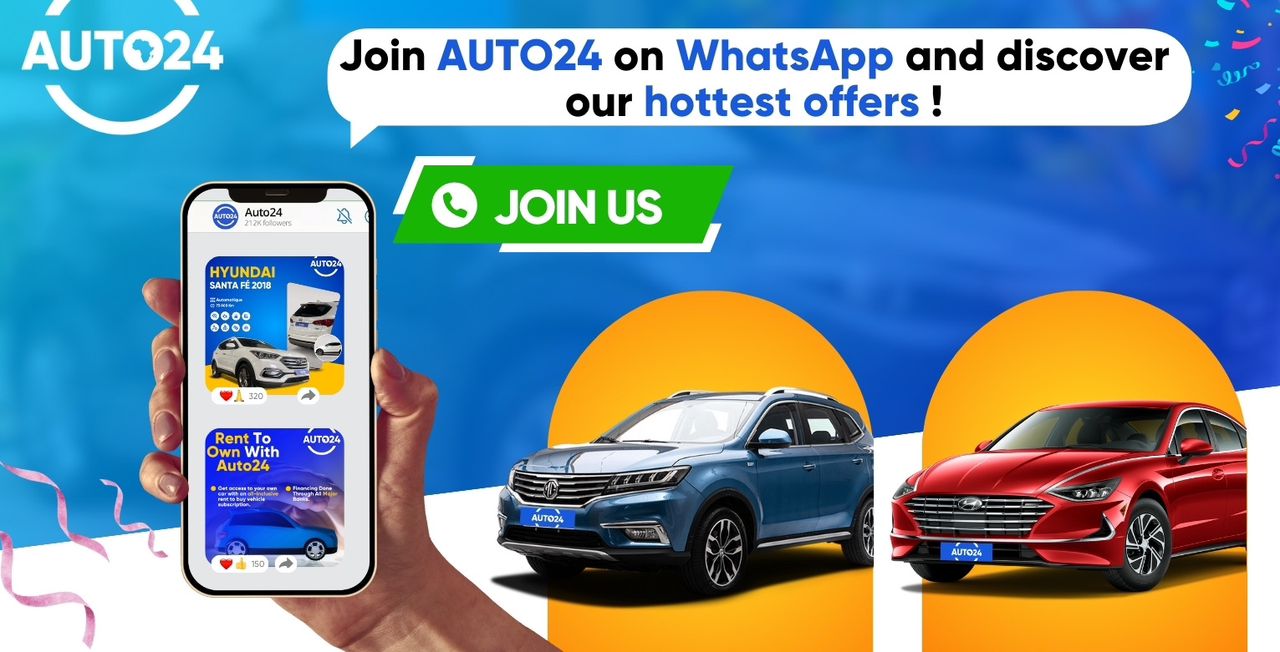Want to start earning as a Bolt driver in Cape Town? Here’s how you can get started quickly and efficiently.
To drive for Bolt, you’ll need:
- A Professional Driver’s Permit (PrDP) with Goods & Passengers (G&P) classification.
- A 2010 or newer vehicle in excellent condition with up-to-date documentation.
- Comprehensive insurance covering ride-hailing use.
- A clean criminal record verified by a Police Clearance Certificate.
- A smartphone with the Bolt Driver app installed.
Steps to Apply:
- Download the Bolt Driver app and create an account.
- Upload required documents, including your PrDP, ID, proof of address, and vehicle details.
- Complete a vehicle inspection and background check.
Success Tips:
- Learn Cape Town’s traffic patterns to maximize earnings.
- Keep your vehicle clean and well-maintained.
- Deliver great customer service to boost your ratings.
Bolt also offers support through its Driver Engagement Center in Cape Town for training and assistance. Follow these steps to get on the road and start earning with Bolt today!
How to become a verified uber/bolt driver in South Africa

Requirements for Becoming a Bolt Driver
If you’re considering becoming a Bolt driver, there are a few key requirements to ensure passenger safety and maintain high service standards. Here’s what you need to know before applying.
Valid Professional Driver’s License (PrDP)
The Professional Driver’s Permit (PrDP) is absolutely essential for anyone looking to drive with Bolt. This permit allows you to legally transport passengers for commercial purposes.
To meet Bolt’s requirements, your PrDP must include a Goods & Passengers (G&P) classification. You can apply for this permit at your local Department of Transport, but keep in mind that processing usually takes 4–6 weeks.
Getting your PrDP involves passing both a written exam on road rules and a practical driving test. The cost ranges from $33 to $53, depending on where you apply, and you’ll need to renew it every five years.
Vehicle Requirements
Bolt has specific vehicle standards to ensure both comfort and safety for riders. Your car must meet the following criteria:
- Be a 2010 model or newer to ensure reliability and include modern safety features.
- Have a valid license disc that is up-to-date and clearly displayed.
- Be in excellent mechanical condition, with no major damage, rust, or worn interiors.
- Include four doors and air conditioning.
As part of the application process, your vehicle will undergo a thorough inspection. This includes checks on brakes, lights, tires, and overall cleanliness – both inside and out. Any significant modifications to the car’s original design could lead to disqualification.
Vehicle Insurance Coverage
Bolt requires all drivers to have comprehensive vehicle insurance that covers commercial or ride-hailing use. Standard personal vehicle insurance typically doesn’t include this, so you may need to upgrade your policy.
It’s a good idea to confirm with your insurer that your coverage includes ride-hailing activities. Some providers even offer specialized policies tailored for drivers working with platforms like Bolt or Uber. Expect to pay 20-40% more than regular personal insurance due to the added risks of commercial driving.
You’ll need to upload proof of your insurance during the application process, and it’s wise to keep these documents handy for potential traffic checks.
Background Check
A clean criminal background check is mandatory for all Bolt drivers. This is done to ensure the safety of passengers and uphold the platform’s reputation.
To get started, apply for a Police Clearance Certificate through the South African Police Service (SAPS). You can do this at any SAPS station or via their online portal. The process costs about $5 and usually takes 2-3 weeks. Your certificate must be dated within three months of your Bolt application.
Keep in mind that certain offenses, such as violent crimes, theft, or driving under the influence, will disqualify you from driving for Bolt. Minor traffic violations, like speeding tickets, generally won’t affect your application unless they show a consistent pattern of unsafe driving.
Smartphone with Bolt App
A reliable smartphone with internet access is essential for using the Bolt Driver app. The app is compatible with both Android and iOS devices, but you’ll need a relatively new phone for smooth functionality.
Your phone should have GPS, a quality camera for uploading documents, and enough storage space. A device with at least 2GB of RAM and running Android 6.0 or iOS 11.0 will work best.
To make your driving shifts easier, consider investing in a car phone mount, a charger, and an unlimited data plan. The app relies on GPS tracking and processes ride requests in real time, so a dependable internet connection is a must.
Application Process for Bolt Drivers
Once you’ve got all your documents in order and meet the basic requirements, signing up to become a Bolt driver is a pretty simple process. Here’s how to go from preparation to hitting the road.
Downloading the Bolt Driver App
Start by downloading the Bolt Driver app from the Google Play Store (for Android) or the Apple App Store (for iOS). Make sure you grab the driver version of the app – not the passenger one, as they have completely different purposes.
Once the app is installed, set up your driver account using a valid email address and phone number. You’ll get a verification code via text to confirm your phone number, which is crucial for receiving ride requests and keeping in touch with passengers.
Make sure your smartphone is in good working condition and that location services are turned on. After that, you can begin the registration process directly in the app by submitting your required documents.
Registering as a Bolt Driver
The entire registration process happens right in the app. You’ll need to enter personal details exactly as they appear on your driver’s license and upload clear photos of the following:
- Your PrDP (Professional Driving Permit)
- A valid national ID
- A recent proof of address (dated within the last three months)
Next, move on to the vehicle documentation section. Here, you’ll upload clear images of your:
- Vehicle registration
- Insurance certificate
- License disc
Additionally, you’ll need to submit several photos of your car, including shots of the front, back, both sides, and the interior (both front and back seats). These photos help Bolt confirm your car meets their standards before any formal inspections.
Vehicle Inspection and Background Checks
Once your initial application is submitted, there are two final steps to complete: the vehicle inspection and a criminal background check.
For the vehicle inspection, you have options. You can use the cARscan app to handle the inspection remotely by scanning your license disc to verify roadworthiness. Alternatively, you can obtain a Dekra Vehicle Shuttle inspection report. If your car was manufactured before 2013, you’ll need to attend an in-person inspection with Bolt representatives after completing your driver training.
For the criminal background check, you’ll need to provide fingerprints at designated centers.
If you’re in a major city, you can also take advantage of Bolt Booster Days, where new drivers can get free vehicle inspections and background checks.
Once both your vehicle inspection and background check are approved, you’ll get a notification in the app letting you know you’re ready to start accepting rides.
sbb-itb-09752ea
Tips for Success as a Bolt Driver
Getting approved to drive for Bolt is just the first step. The real challenge comes in turning it into a steady income by delivering excellent service and keeping your vehicle in top shape. Here are some practical strategies used by experienced drivers in Cape Town to increase earnings and leave passengers with great experiences.
Understanding Cape Town’s Traffic Patterns
Cape Town has unique traffic rhythms, and understanding them can give you a real edge. During rush hours, demand typically shifts from residential areas to the city center in the morning and reverses in the evening. On weekends, hotspots like entertainment districts and the airport often see a surge in activity. Positioning yourself near busy offices, popular restaurants, or bars during peak times can help you minimize idle time and maximize earnings.
Weather also plays a big role in passenger demand. Rainy days, for example, often lead to more ride requests. Keeping an eye on the forecast and adjusting where you operate based on conditions can be a smart way to stay ahead. Of course, none of this works without a well-maintained vehicle.
Maintaining Your Vehicle
Your car is your livelihood, so keeping it in great condition is non-negotiable. Regular maintenance can help you avoid costly breakdowns and ensure your safety on the road. Make it a habit to check essentials like tire pressure, oil levels, and brake fluid, and stick to your car manufacturer’s maintenance schedule.
A clean car is just as important. A spotless interior and exterior don’t just make a good impression – they can also lead to better ratings from passengers. A little effort here can go a long way toward creating a positive experience for your riders. But maintenance alone isn’t enough; great customer service is equally crucial.
Providing Good Customer Service
Delivering excellent service can directly impact your ratings and, ultimately, your income. Start by being punctual – arriving on time sets the tone for a good ride. If you’re running late, communicate with your passenger to manage expectations.
When they enter the car, greet them warmly, confirm their destination, and adjust the car’s settings – like temperature or music – to ensure a comfortable experience. Handling difficult passengers calmly and professionally is also key, and if any incidents occur, report them promptly through the Bolt platform.
Key Takeaways
If you’re looking to drive for Bolt in Cape Town, there are a few essential steps you need to follow. First, you’ll need to meet specific requirements related to licensing, your vehicle, insurance, and background checks. The process itself is straightforward: download the Bolt Driver app, complete your registration, and pass both a vehicle inspection and a background check.
But meeting these initial requirements is just the start. To thrive as a Bolt driver, maintaining your vehicle in top condition and providing excellent customer service are critical. These factors not only help improve your performance but can also lead to better ratings and higher earnings.
Bolt also offers additional support through its Driver Engagement Centre in Thornton, Cape Town. This facility provides hands-on assistance and training to help drivers succeed. Whether you need face-to-face guidance or practical tips, the center is there to ensure you’re equipped for the road.
As Simo Kalajdzic, Senior Operations Manager at Bolt, puts it:
Drivers are essential to our business, and their success is our priority. We are continuously working to improve their experience and ensure they can maximise their earnings. The new centre will also offer a range of training sessions designed to equip drivers with the skills and knowledge needed to excel while driving with Bolt. These sessions will cover customer service best practices, optimising earnings, safety protocols, and vehicle maintenance tips. By providing this comprehensive training, Bolt aims to ensure that drivers feel confident and supported and have the tools to enhance their overall performance and success on the platform, ultimately improving the passenger experience.
In addition to this, Bolt encourages drivers – especially women – to participate in self-defense and safety training to help navigate local safety concerns. The company also plans to roll out similar initiatives across the country.
These details highlight both the essential steps to get started and the ongoing practices that will help you build a successful driving career with Bolt in Cape Town.
FAQs
What do I need to do to get a Professional Driver’s Permit (PrDP) for transporting goods and passengers in South Africa?
To obtain a Professional Driver’s Permit (PrDP) with a Goods & Passengers classification in South Africa, you’ll need to head to a driving license testing center (DLTC) and complete the PD1 application form. Make sure to bring the following:
- A valid ID
- Two passport-sized photos
- Your current driver’s license
- A medical certificate, if required
You’ll also need to pay the application fee at the time of submission.
After your documents are reviewed and verified, and provided you meet the age requirements – 21 years or older for passenger vehicles and 25 years or older for goods vehicles – the permit will be issued. To avoid any unnecessary setbacks, ensure you’ve checked all the requirements in advance.
How can I make sure my car passes Bolt’s inspection, and what should I do if it fails?
To get your car approved for Bolt’s inspection in Cape Town, it needs to meet all the required safety and roadworthiness standards. Inspections focus on key areas like brakes, lights, tires, and the general condition of the vehicle. It’s a good idea to fix any noticeable issues ahead of time to avoid unnecessary delays.
If your car doesn’t pass the inspection, carefully review the report to pinpoint the problem areas. After completing the necessary repairs, you can schedule a follow-up inspection. Take the time to thoroughly check everything beforehand to increase the likelihood of passing the second time. Successfully passing the inspection is a crucial step toward finalizing your application as a Bolt driver.
What are the best ways to boost your earnings as a Bolt driver in Cape Town, especially during busy times?
To make the most of your time on the road and boost your earnings, aim to drive during peak hours. These include weekday rush hours and weekends when demand tends to spike. Busy spots like shopping malls, downtown Cape Town, and major event venues often see a surge in ride requests, especially during these times. Plus, dynamic pricing – which kicks in during events or bad weather – can help you earn even more.
Keep your app active during high-demand periods and get to know the popular pickup areas in your city. On top of that, plan your routes wisely to save time and fuel. Providing top-notch customer service can also make a big difference – happy riders are more likely to tip generously and book with you again, adding to your overall income.
Related Blog Posts
- Fuel-Saving Tips for Long South African Road Trips
- Ride-sharing Regulations in South Africa: What You Need to Know
- Bolt & M-KOPA explore electric ride-hailing options in SA
- How to Become a Bolt Driver in Johannesburg: Tips and Tricks





